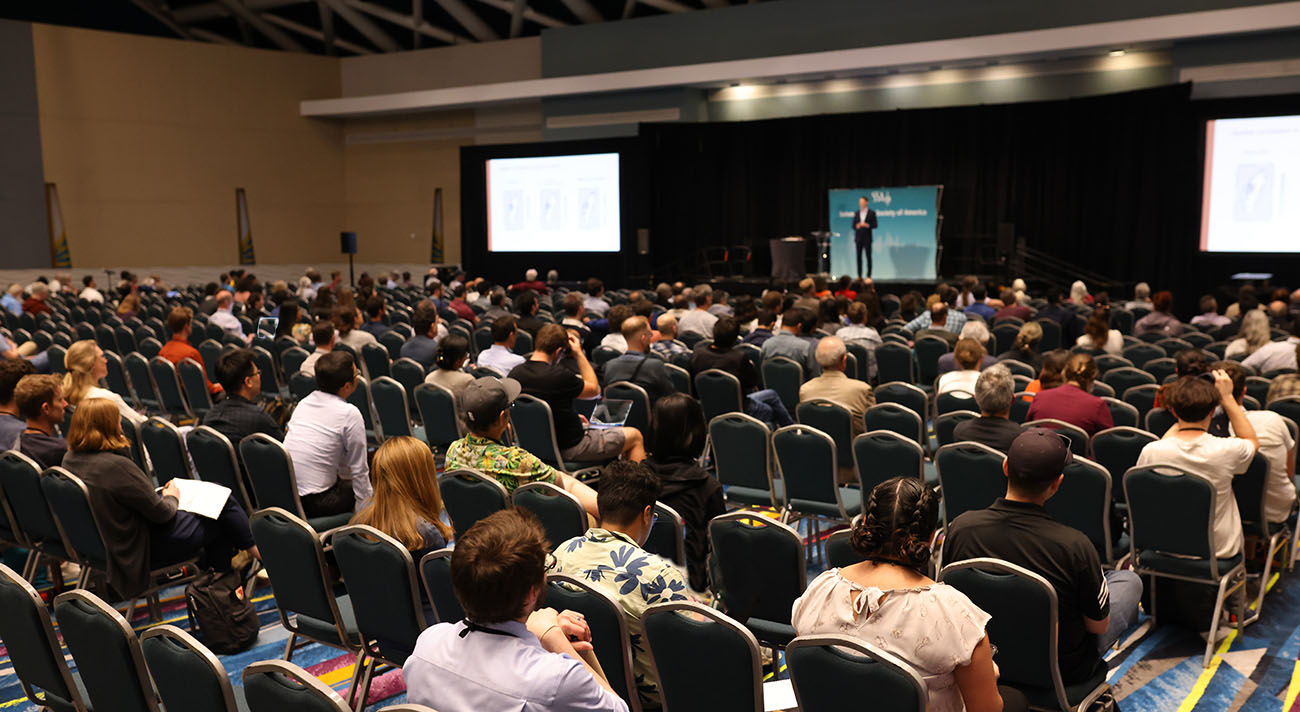The 2023 William B. Joyner Lecture
Spatial correlation in ground motion intensities: Measurement, prediction, and seismic risk implications
This web page provides documentation and resources related to the 2023 William B. Joyner Lecture.
Video recording of the live Joyner Lecture at the Seismological Society of America Annual Meeting |
Related publications from our group
| | Bodenmann, L., Baker, J. W., and Stojadinović, B. (2023). “Accounting for path and site effects in spatial ground-motion correlation models using Bayesian inference.” Natural Hazards and Earth System Sciences, 23(7), 2387–2402. DOI. |
| | Baker, J. W., Bradley, B. A., and Stafford, P. J. (2021). Seismic Hazard and Risk Analysis. Cambridge University Press, Cambridge, England. (Chapter 11 describes the basics of this topic, as presented at the start of the lecture.) |
| |
Miller, M., and Baker, J. W. (2016). “Coupling mode-destination accessibility with a quantitative seismic-risk assessment to identify at-risk communities.” Reliability Engineering and System Safety, 147, 60–71. |
| |
Miller, M., and Baker, J. W. (2015). “Ground-motion intensity and damage map selection for probabilistic infrastructure network risk assessment using optimization.” Earthquake Engineering & Structural Dynamics, 44(7), 1139–1156. Supplemental software tools. |
| Loth, C., and Baker, J. W. (2013). “A spatial cross-correlation model of ground motion spectral accelerations at multiple periods.” Earthquake Engineering & Structural Dynamics, 42(3), 397–417. Example Matlab script. Errata. | |
| Jayaram, N., and Baker, J. W. (2010). "Efficient sampling and data reduction techniques for probabilistic seismic lifeline risk assessment," Earthquake Engineering & Structural Dynamics, 39(10), 1109-1131. | |
| Jayaram N. and Baker J.W. (2009). "Correlation model for spatially-distributed ground-motion intensities," Earthquake Engineering and Structural Dynamics, 38(15), 1687-1708. | |
| Park J., Bazzurro P., and Baker J.W. (2007). "Modeling spatial correlation of ground motion intensity measures for regional seismic hazard and portfolio loss estimation," in 10th International Conference on Application of Statistic and Probability in Civil Engineering (ICASP10), Tokyo, Japan, 8 pp. |
Related software tools
Code for ground motion spatial correlation estimation and analysis, as described in Bodenmann et al. (2023). |
|
Bodenmann, L., and Stojadinović, B. (2023). ShakemapSim: Simulate spatially correlated ground-motion intensity measures conditional on recordings. Jupyter notebook on Colab. |
|
Example code to generate spatially correlated simulations of ground motion intensities at multiple periods, using Principle Component Analysis, as described in Markhvida et al. (2018). |
Example code to illustrate the ground motion map selection calculations from Miller and Baker (2015), "Ground-motion intensity and damage map selection for probabilistic infrastructure network risk assessment using optimization." |
|
A collection of functions implementing five published spatial correlation models. |
Acknowledgements
Financial support for this work from the U.S. Geological Survey, National Science Foundation, Southern California Earthquake Center, and Pacific Earthquake Engineering Research Center is gratefully acknowledged.
I thank the many inspiring students who led the work described here. Nirmal Jayaram laid the initial foundation for our group's work. Nirmal and Mahalia Miller quantified the importance of this topic for regional risk analysis, and developed numerical algorithms to speed risk computations. Christophe Loth and Maryia Markhvida developed elegant techniques for extending correlation models to quantify cross-correlations across intensity metrics. Yilin Chen did our group's first work to evaluate nonstationary correlation models, and to develop approaches for detecting and predicting nonstationarities. And Lukas Bodenmann is responsible for several innovations to develop and evaluate correlation models with multiple predictor variables.
I am also grateful to many collaborators who supported this work. Brendon Bradley was instrumental in evaluating and interpreting New Zealand ground motion data that provided insights about nonstationarity. Bruce Worden, Eric Thompson, Nico Luco, and David Wald were wonderful partners as they deployed some of these concepts in USGS ShakeMaps. Rob Graves was gracious and supportive in helping with evaluations of CyberShake ground motion simulations. Božidar Stojadinović sent Lukas Bodenmann to Stanford, triggering many of the recent developments, and supported the completion and publication of his work.
Thanks to Allin Cornell for training me in this field, and involving me as a contributor to his 2005 Joyner Lecture. He set me on a professional path that I continue down today.
Finally, thanks to Bill Joyner for his commitment to exchanging information at the interface of earthquake science and engineering. Opportunities at this interface have provided me with an incredibly rewarding career.
The 2023 SSA Annual Meeting Joyner Lecture (photo by Allison Novak):
